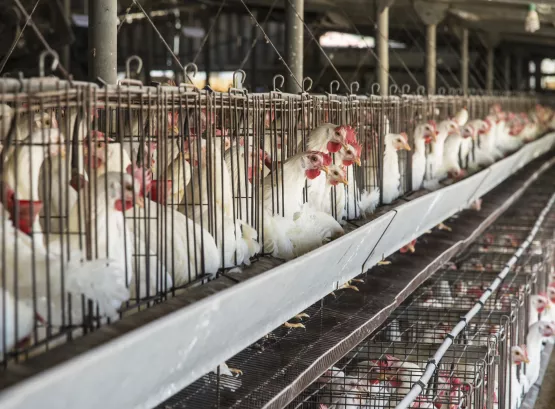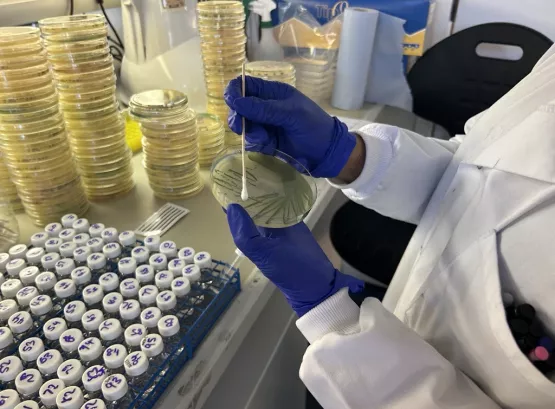Supporting national surveillance systems in low-and middle-income countries
Global surveillance of AMR
Robust and strong surveillance systems across the world, especially in low-and middle-income countries are essential to tackle AMR. At the national level, data can help inform health policies and responses to health emergencies. At the global level, this data can provide early warnings of emerging threats and help identify long–term trends.
The IOI is working in over 28 sites across 13 countries to support and strengthen surveillance systems and laboratories.
There is no way to solve a problem if you don’t have actionable data. It is crucial to understand how antibiotics are being used around the world to understand the full scale of our challenge. We need a global dataset to understand the what, why and how of resistance.

Global surveillance of AMR projects
Ongoing projects include investigating the burden of antibiotic resistance in neonates from developing societies (BARNARDS), comparing the burden of AMR and treatment failure in low-, middle- and high-income countries (BALANCE), and investigating the role of arthropods (flies and insects) on AMR spread (AVIAR).
BARNARDS
1 in 4 newborn deaths every year are due to sepsis, a life-threatening complication of infections. Low-and-middle income countries (LMICs) are the most affected, but the extent of the issue remains poorly understood. Access to tests to diagnose infections are limited, forcing hospitals to rely on treatment guidelines which can lead to over-prescribing of antibiotics where they are not needed. However, high rates of antibiotic resistance have been found in LMICs, against drugs frequently used to treat neonatal sepsis.
The BARNARDS project investigates neonatal sepsis in a multidimensional approach that focuses on the biology of sepsis-causing bacteria, as well as the demographics and outcomes of the patients.
BALANCE
Low- and middle-income (LMIC) countries are expected to bear the greatest consequences of the spread of antimicrobial resistance (AMR). The UK AMR Review estimated that by 2050, up to 90% of all deaths related to AMR will be from Africa and Asia.
The BALANCE study compares the health and economic impacts of AMR in low-and-middle-income countries with that of high-income countries. With collaborations in Bangladesh, Kenya, Nigeria, Pakistan, Sierra Leone, Turkey, Italy, and Poland, the study integrates high-quality demographic, socioeconomic, epidemiological, clinical, microbiology and genomic data through a capacity-building approach.
AVIAR
While the overuse and misuse of antibiotics in human medicine and agriculture are key contributors to the global rise and spread of antimicrobial resistance (AMR), there are many other factors that accelerate this, including the role played by arthropods such as spiders, flies, and cockroaches. Insect pests are reservoirs of antimicrobial resistance genes (ARGs) in both clinical and environmental settings.
The AVIAR study has been designed to evaluate the extent to which flies spread drug-resistant bacteria amongst people, animals, and our environment. AVIAR research projects have been instigated and designed by Dr. Kirsty Sands, Professor Timothy Walsh and the AVIAR research team.









